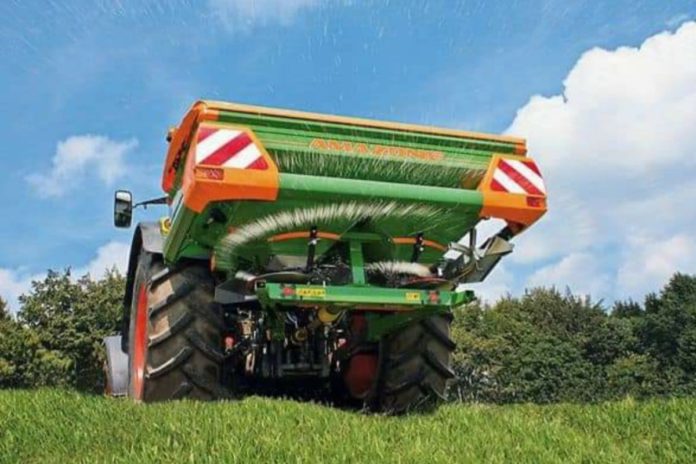How to reduce reliance on nitrogen fertiliser was the focus of Dr David Patterson’s AFBI researcher, presentation during a recent joint webinar from AFBI, Agrisearch and CAFRE.
The webinar focused on using fertilisers effectively in light of recent price increases.
Patterson indicated that increasing species diversity with legumes can improve grassland sustainability, reduce fertiliser N inputs and still achieve comparable levels of sward productivity and animal output.
He advised that legumes, such as red and white clover, are best suited to cutting and grazing swards, respectively.
He added that clover-rich swards can fix biological N from the atmosphere, which can sustain similar levels of sward productivity to grass-only swards reliant on fertiliser N.
A healthy grass/white clover sward with 20-30% clover content can fix 150 kg of N/ha, which he added, represents both a potential financial and environmental saving.
“White clover’s growth habit is very compatible with the more upright grasses in a mixed sward, has higher digestibility value, and results in higher levels of animal intake.”
Reduce reliance on nitrogen fertiliser
He said research shows that higher stocking rate dairy farms could:
- Reduce fertiliser N from 250 to 150 kg of N/ha;
- Make full use of biologically fixed N;
- Produce similar yields of herbage.
Beef cattle farms could reduce fertiliser N use down to 50 kg of N/ha and still achieve 90% of the livestock performance, compared with grass-only plus 220kgN/ha.
“From an environmental perspective, in a healthy grass/clover-based system, the biologically fixed N is carbon and energy neutral, the nitrous oxide emissions are much lower, and there is a lower overall carbon footprint.”
“However, a different grassland management approach is required to achieve these advantages, for establishment, weed control and persistence of clover in the sward over the longer term,” he concluded.
Protected urea
Last month, we featured an article from Teagasc advisor, Niall Treanor, who outlined the benefits of using protected urea this year.
He explained that protected urea is cheaper than CAN on a cost per kg of nitrogen basis.
While it may appear slightly dearer than ordinary urea, it will give the same ‘effective N’ as urea, at a 12.5% lower spreading rate.
The EPA estimates that ammonia loss from urea is 15.5% on average.
Both it and CAN have lower rates of N loss (79% reduction for protected urea = 3.3% loss; 85% reduction for CAN = 2.3% loss).
Read about protected urea.





